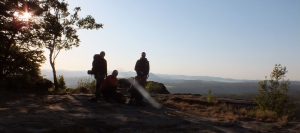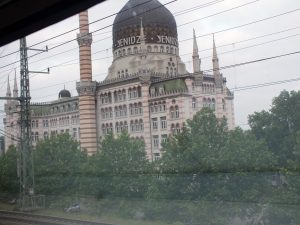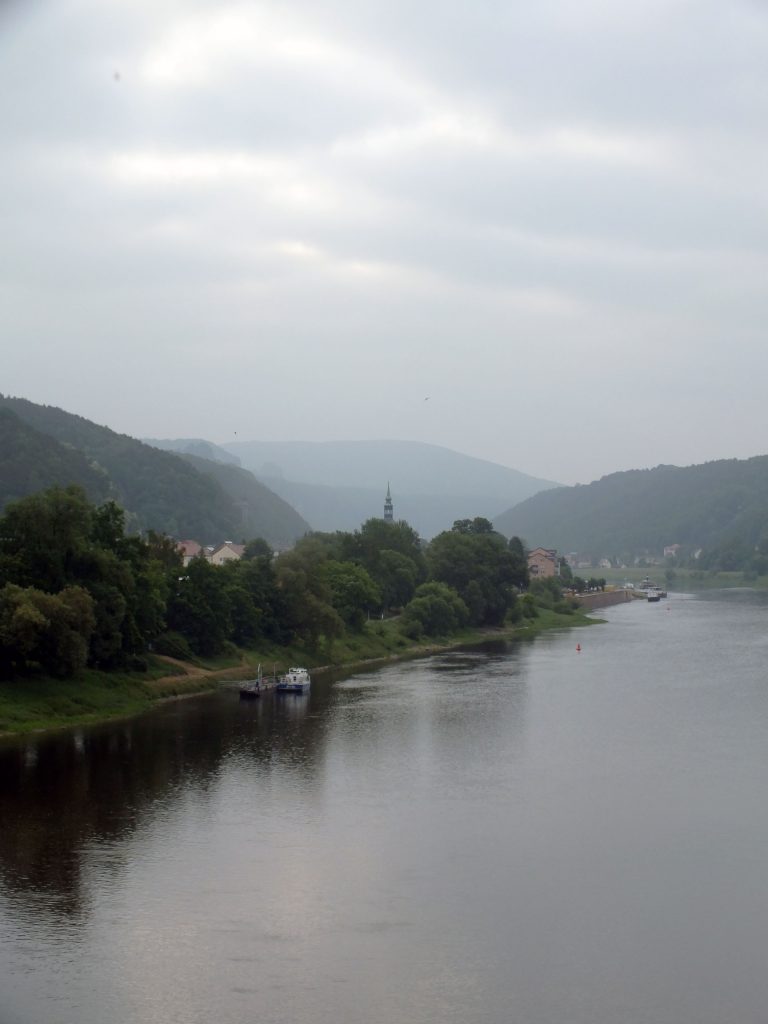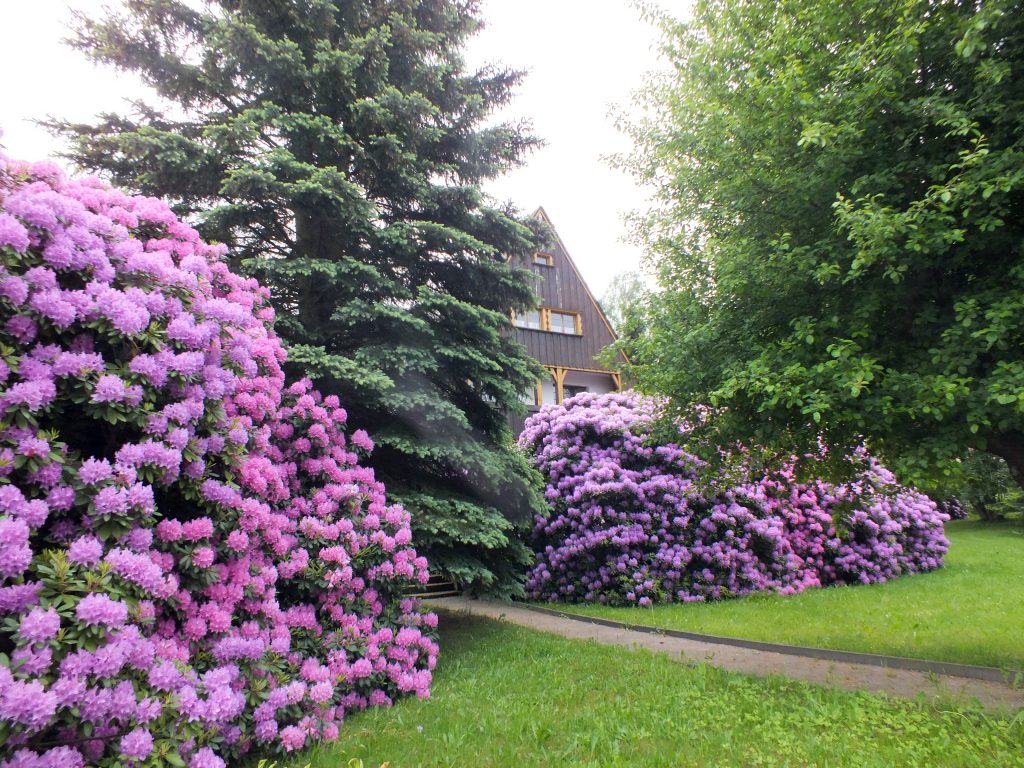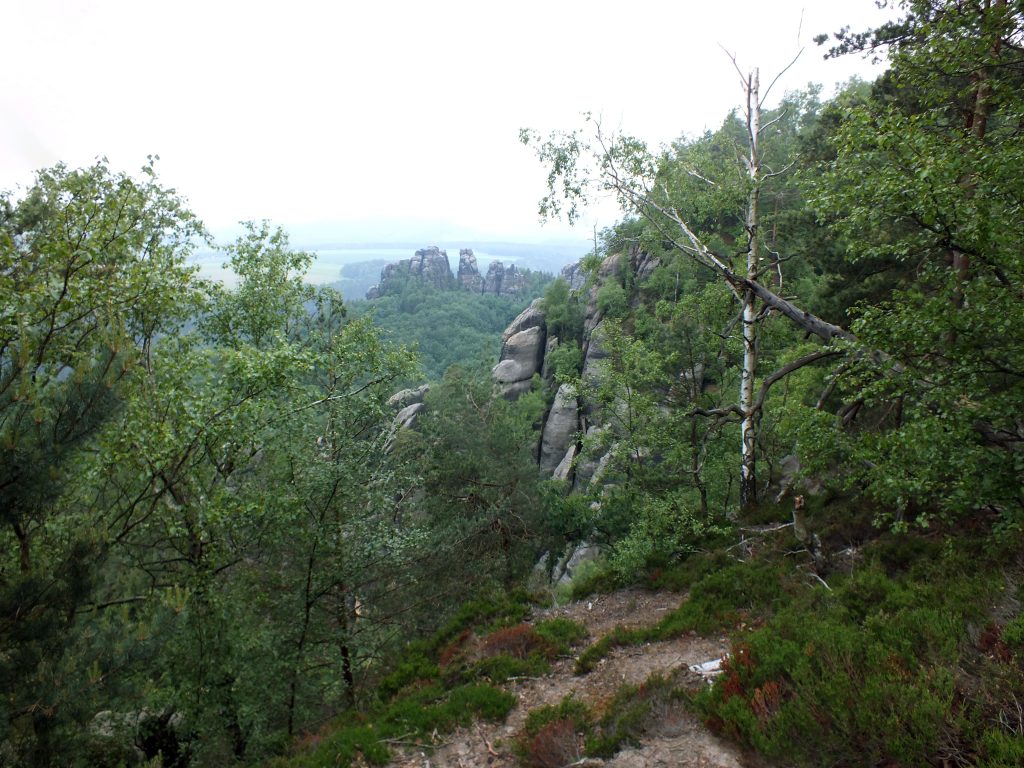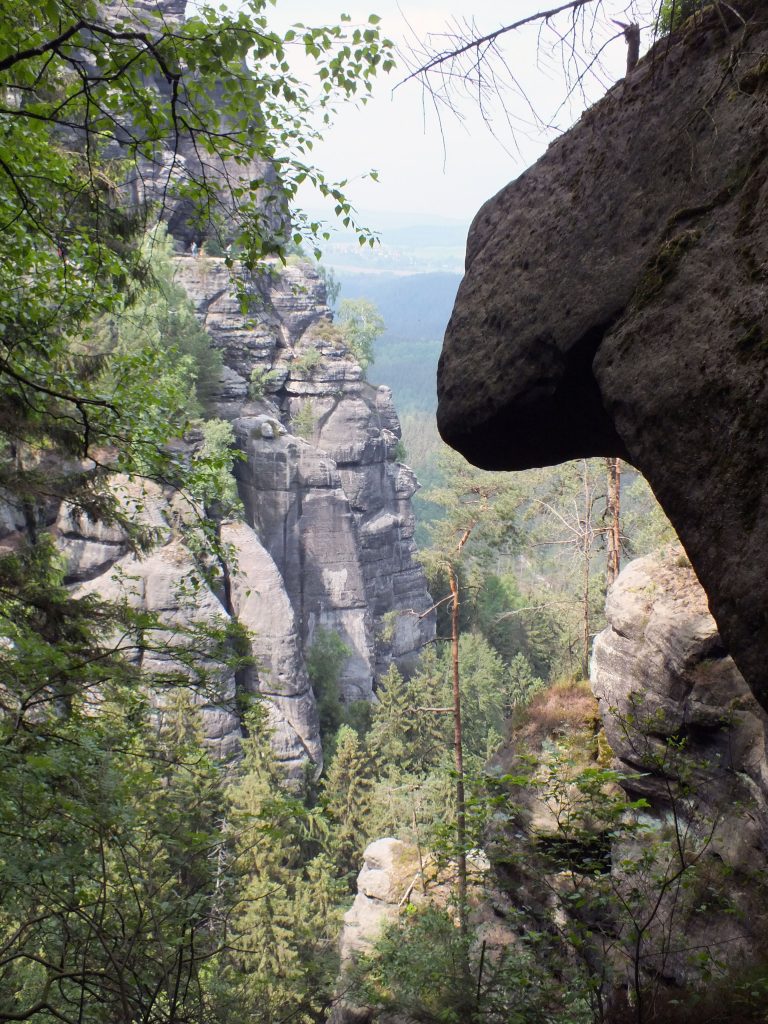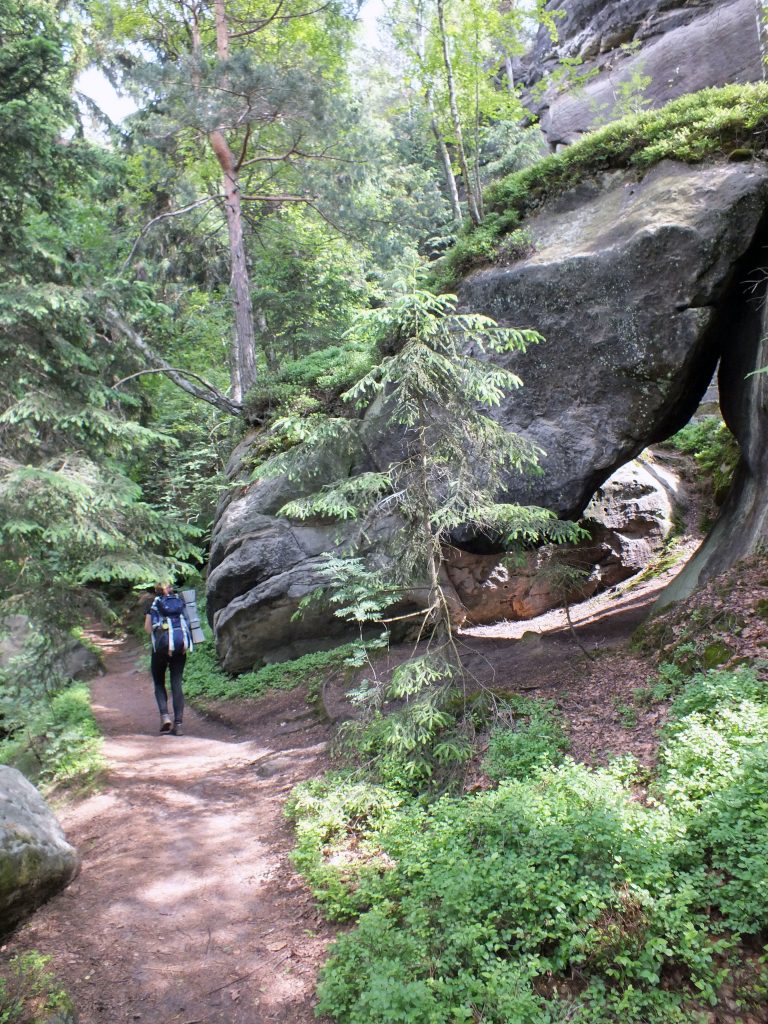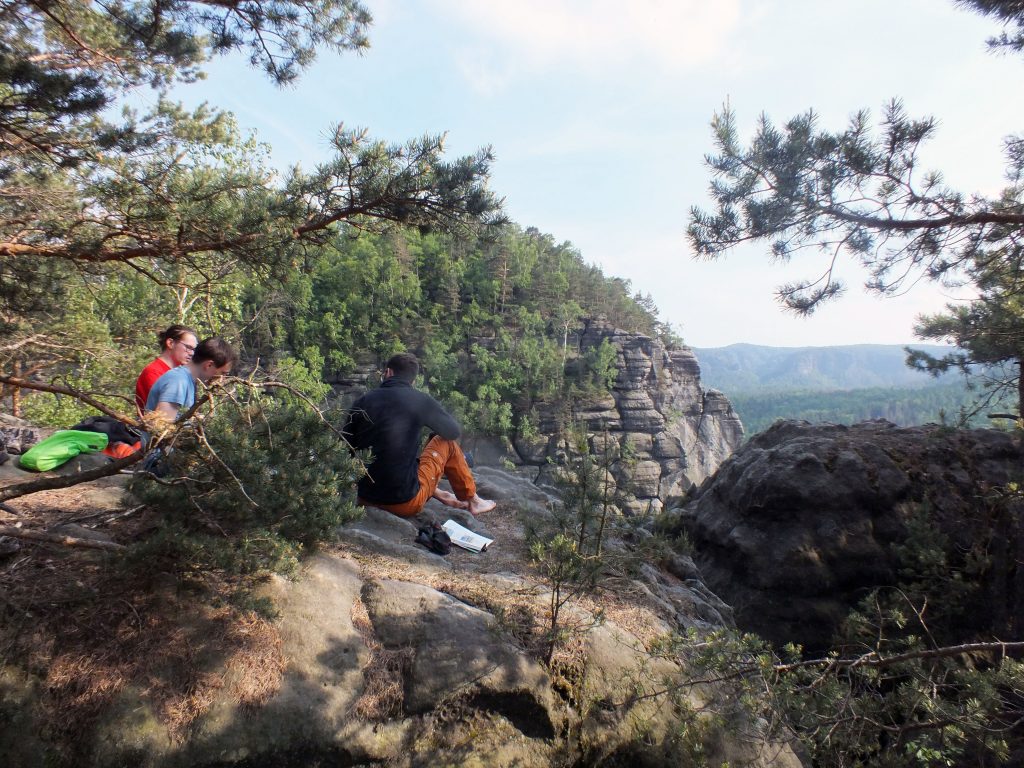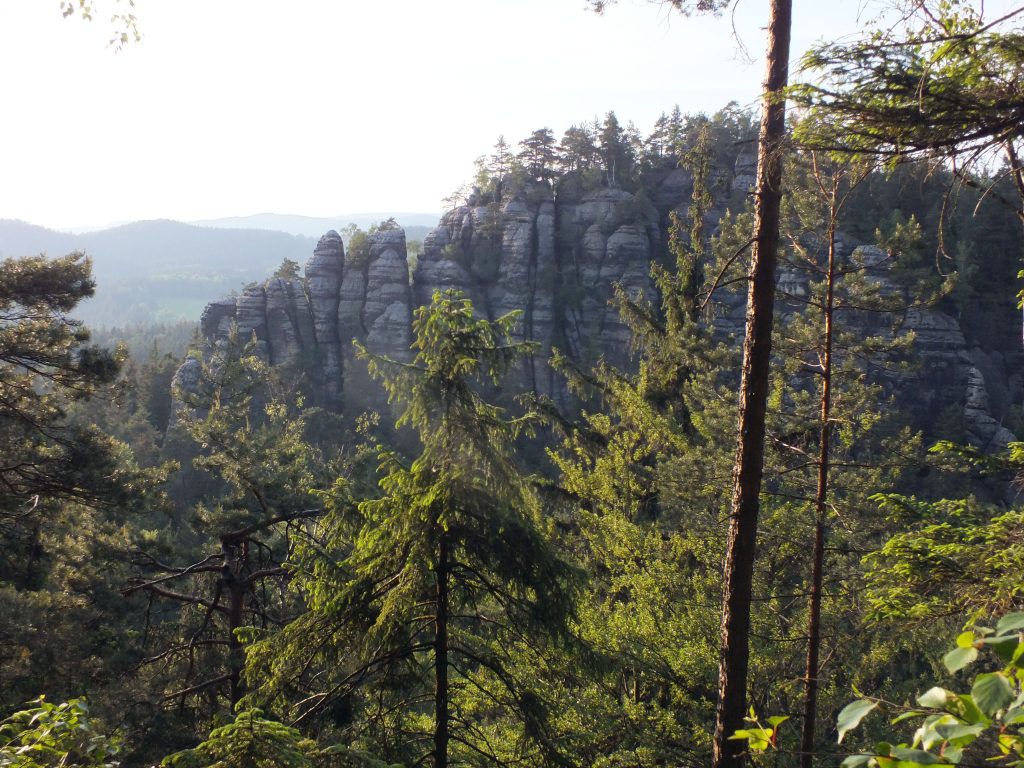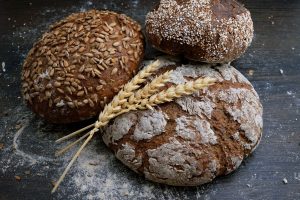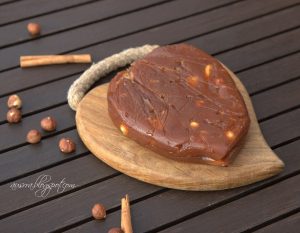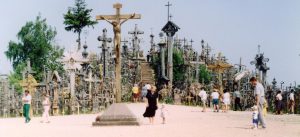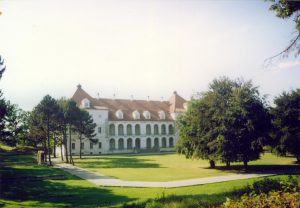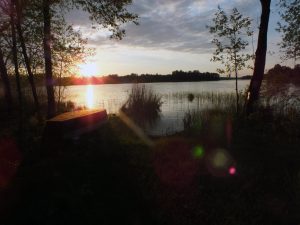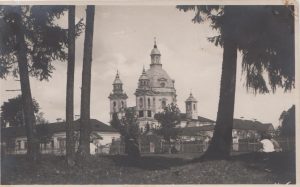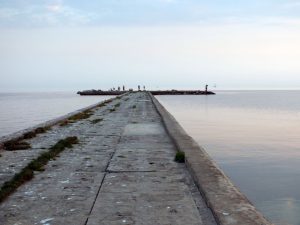Söderåsen National Park is absolutely fantastic, that is why I was so excited to come back there again, this time for a hardcore hike, stretching exactly 40km from the park to Åstorp. But let’s go to the beginning, where is all started.
Long and lazy winter slumber came to an end and the first spring sun is being reported in one or another part of Skåne. To confirm it we decided to gather a group of hikers and test weather we could get some sun during the hike. To achieve it, we had to plan a full day hike that would cross area big enough to notice weather changes. This is how the first hike of 2019 was created, a challenge to our lazy feet.
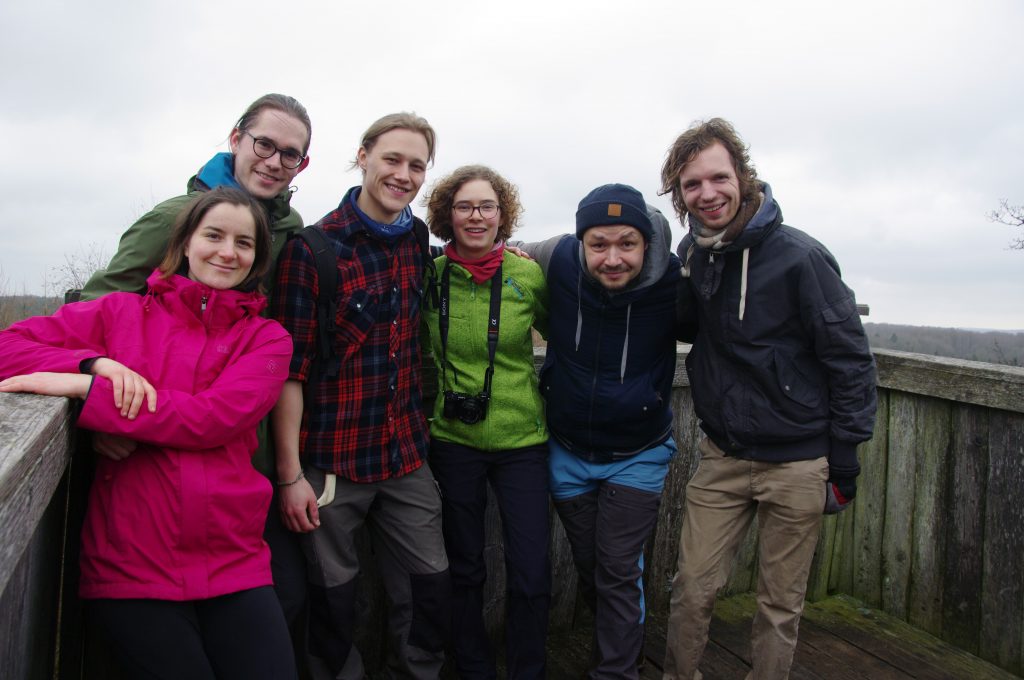
The morning in Lund was promising, the sun was trying to break the curtain of the clouds and it seemed that the day would be quite pleasant. Once we all gathered from different parts of the town, sat into almost empty train and started to move more inland, the sun was quickly gone and grey sky just thickened and thickened. By the time we had to change to the bus the morning was cold and humid, with no hope of clear sky.
Six of us and two other serious hikers left the bus to be the first ones to start our trip from the visitor center in Söderåsen National Park, no cars, no other visitors. With no hesitation we went deeper in the valley. It is one of the most beautiful and interesting National parks in South Sweden and weekends are normally pretty crowded here, so we very much enjoyed the freedom of not meeting masses of people on our trail. Söderåsen is home for dramatic views: deep and narrow valley formed by two plates moving away from each other, steep slopes eroded during the previous ice ages, hilly scenery formed by volcanoes, deep and wild forest with lots of rivulets running down the edges and forming cute waterfalls (Swedish said it is not waterfalls, just regular rivers…).

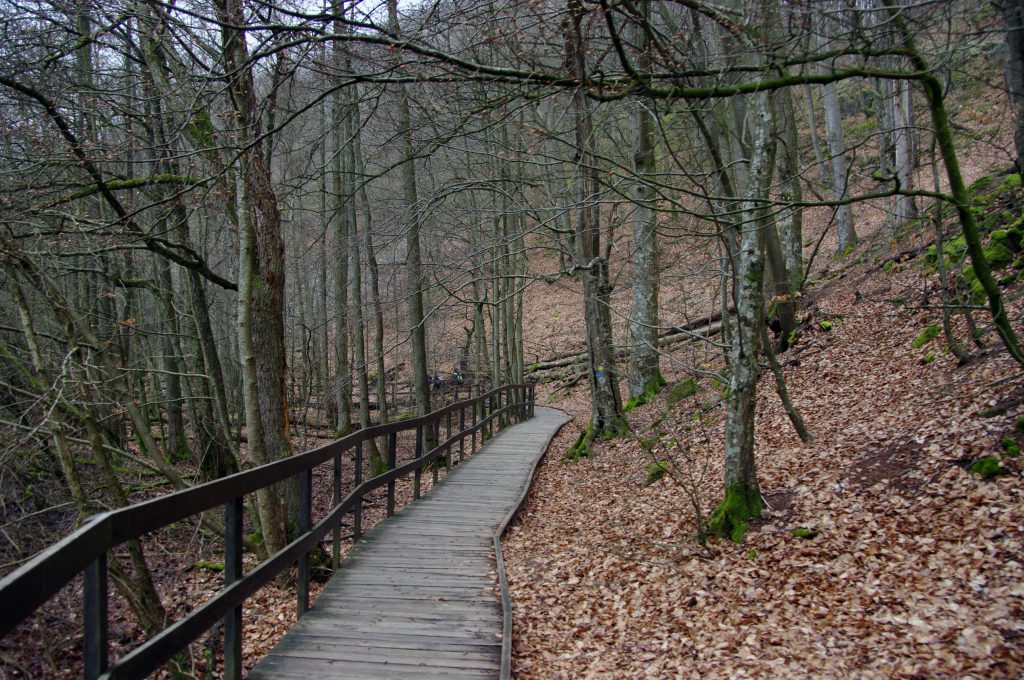
The plan for the day was to complete the hike in 10-12 hours by following Skåneleden. In total, 4 parts of the official hiking trail number 3 were completed: parts 4, 3, 2 and 1. The website of Skåneleden was extremely helpful for planning this hike, which was smooth and easy to follow due to the excellent marking which was done!

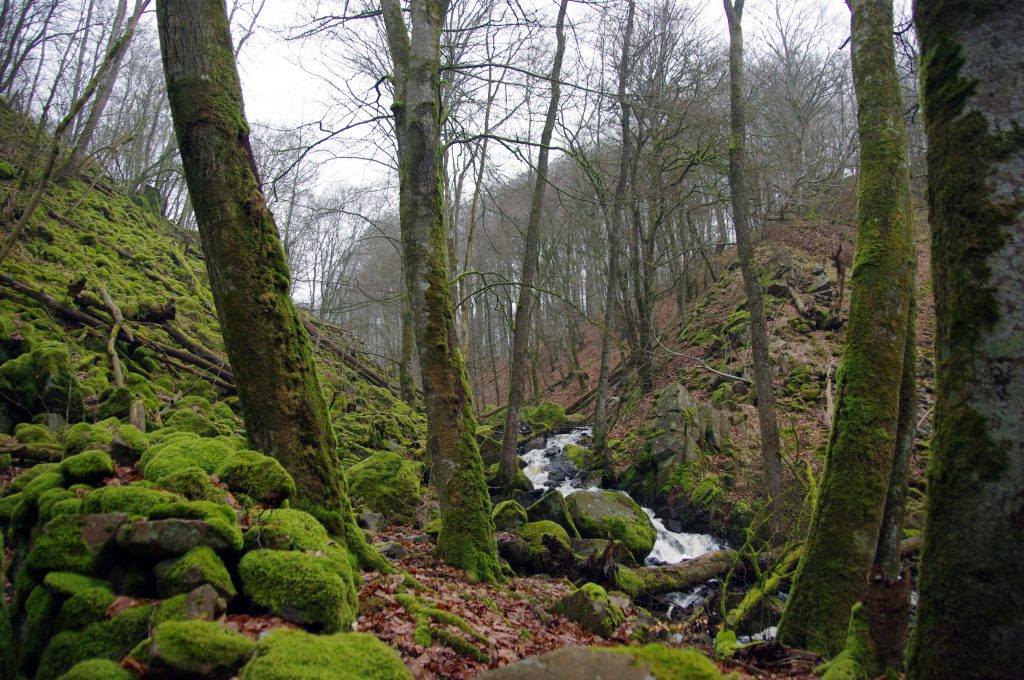
The morning weather was not on our side, but the forecast promised a glimpse of us at noon, so without bigger stops we continued to wiggle up and down through and out of the valley. The spring was still early, trees had no leaves, nature was just starting to wake up after the winter. Rivers, on the other hand, we already in their heights: running fast and wide. Some parts of the path were under water so we had to jump from stone to stone, other were muddy as hell. I almost got my shoes wet in first kilometres and only because of a mere luck escaped only with a muddy touch.
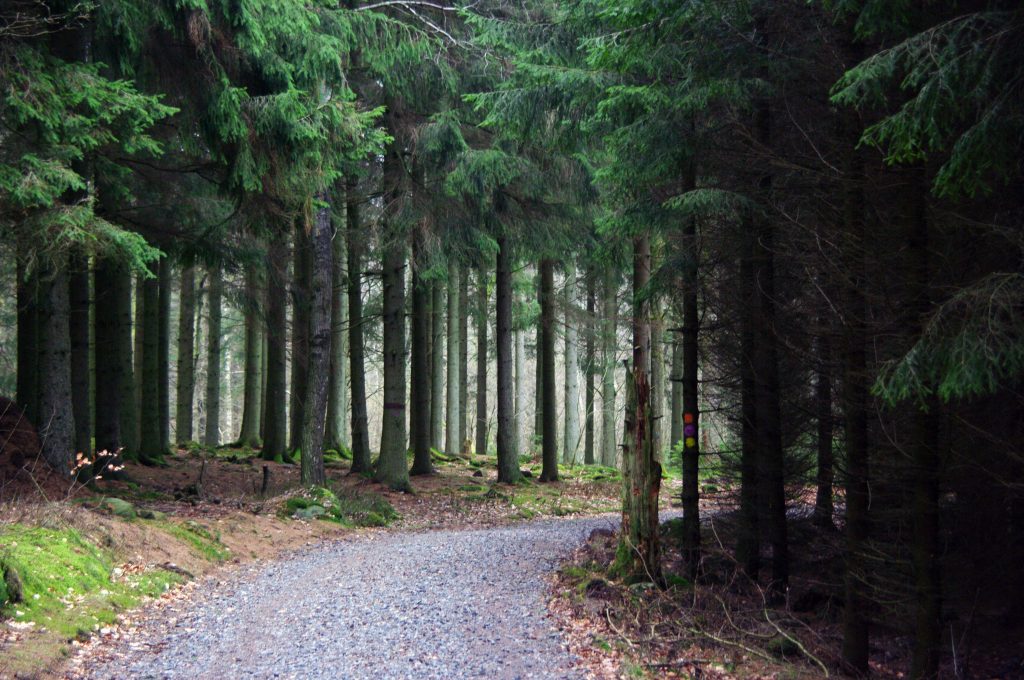
Not long after we finally climbed out of the park and reached the beautiful and once straight forest path. It lead almost all the way up the Höjehall, where a cute watch tower is. The view from above did not strike us extraordinary, maybe because of still early and grey spring or because of the cold wind, so few minutes and a snack after we were on the way again. The day was growing older and we still were not reaching the half point of the trek, the pressure to increase our already decent speed was real.
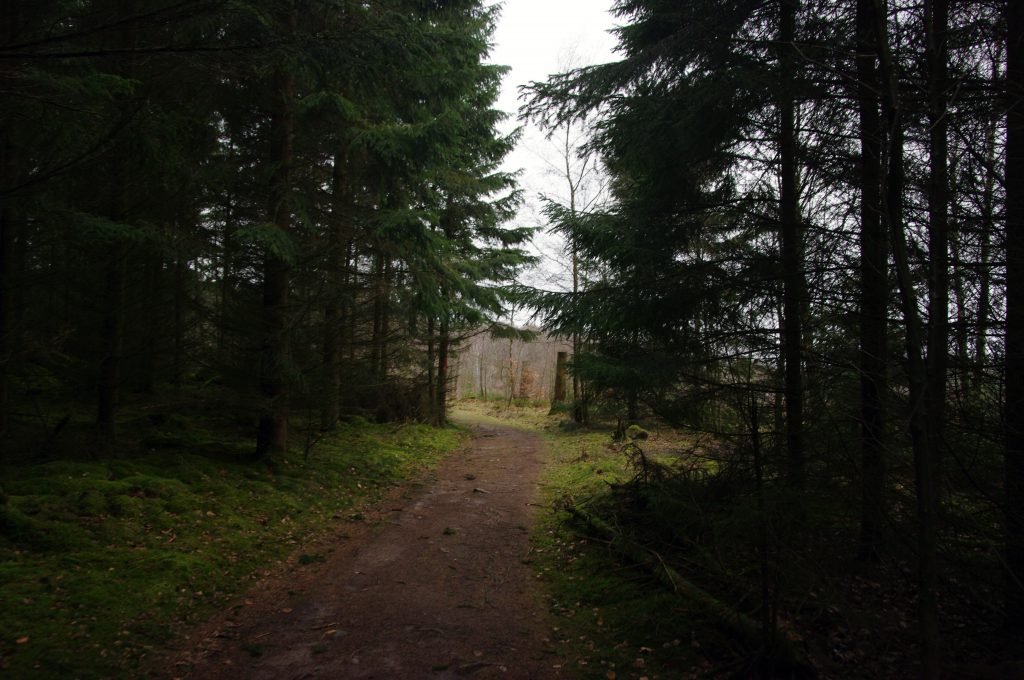
Soon after lunch we came back to the tectonic crack in quite unexpected way: the valley dropped down deep and steep and it became wider by every meter. You almost could have forgotten that the hike is happening in southern Sweden, which is relatively flat. The path was leading alongside the cliff and we were able to enjoy the unusual view, the sun was there as well! Scarfs and gloves went into the pockets as the warmth gave hope of seeing summer again.



The rest of the trip was quick and straight forward, even though the feet were starting to hurt. The last 5 kilometres were the hardest for me as I really wished to see the train station until every turn. Good news were that it was still light and there was a chance of a clear sky to see an amazing sunset.


Åstorp is very much hidden by the forest, so it took me a little bit by a surprise, even though I was constantly checking the route as I was not sure if my feet can survive another step. Obviously it did and we were in a train station. I wasn’t so happy for a long time. Sitting in a train all tired and dirty is always an amazing feeling. “aww, you are so sleepy. I will wake you up at your station” – the train conductor joked. And it was good, we were on a way to a warm shower.
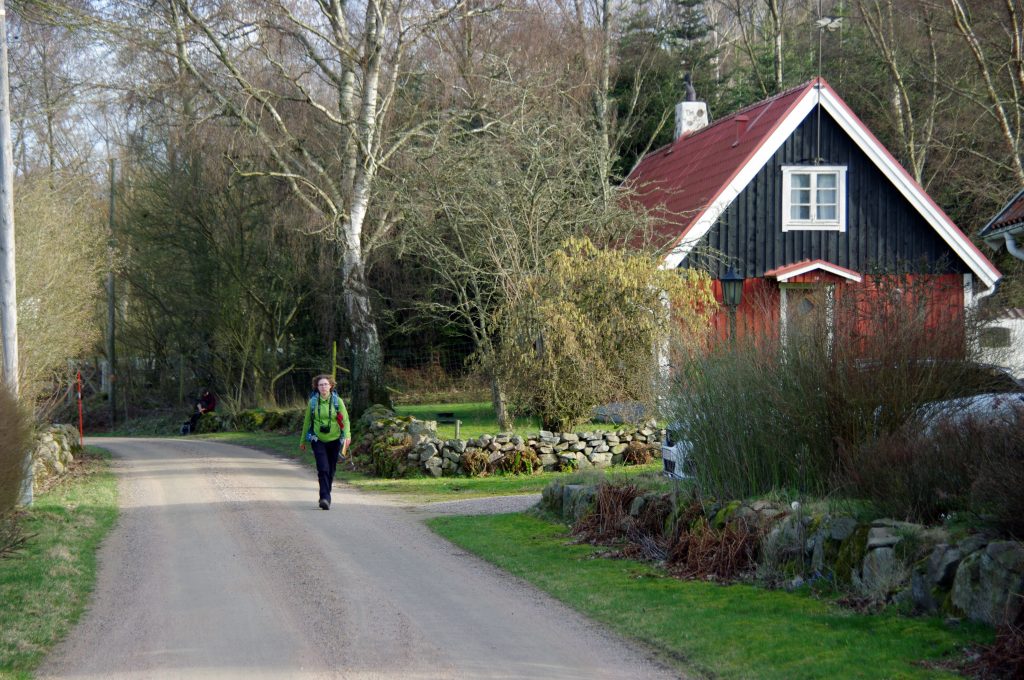
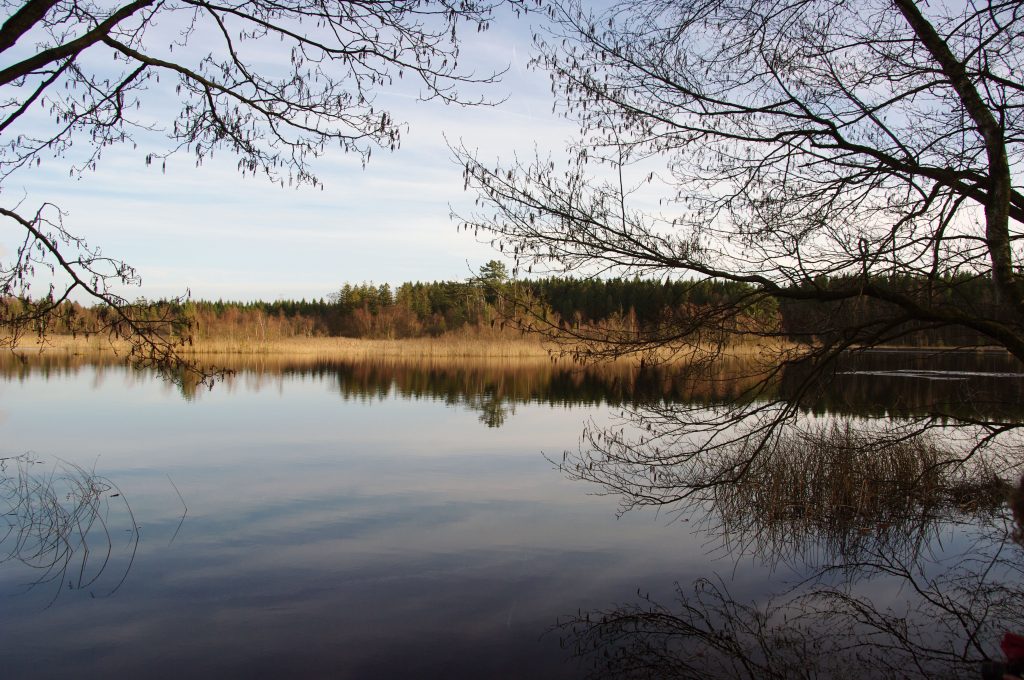
In general Skåne is not very famous for its forests as most of the fertile lands are used for farming. Sure, more northern part of the region is more forest rich, but come closer to coast or southern side and landscape will have less and less trees. To my surprise this trail lead more or less the full way in the forest and if you zoom out the map, it is visible that this is the only green tunnel in a region around. I think making a hiking way though it was very genius as I got convinced that i was in endless forest (well, except of one small agricultural part).
If you are interested into this trail yourself, feel free to use the coordinates from here.

